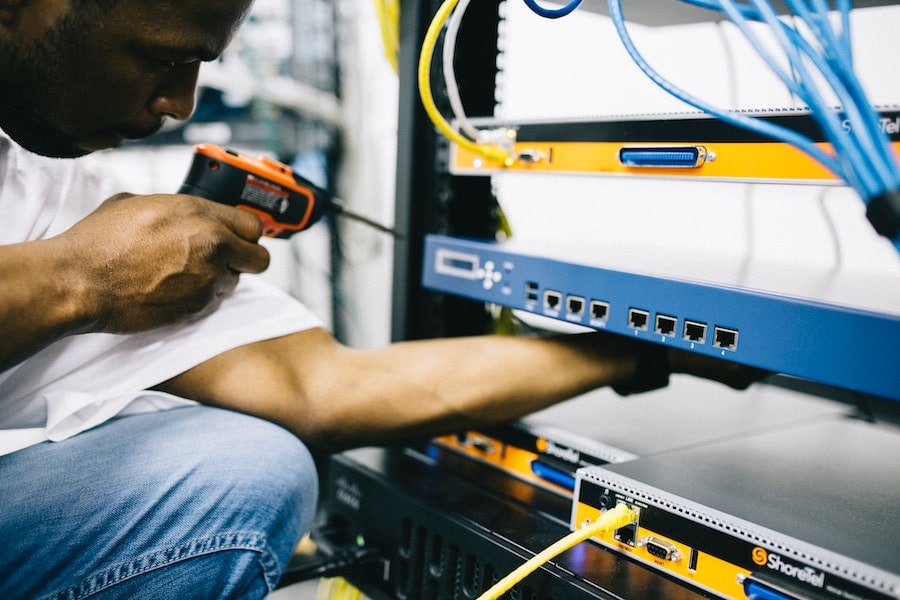Optimal Strategies for Placing Surveillance Cameras to Improve Surveillance Efficacy
Optimal Strategies for Placing Surveillance Cameras to Improve Surveillance Efficacy
Blog Article

Positioning surveillance cameras efficiently is crucial to enhancing monitoring in different environments, such as residences, commercial properties, and public spaces. The main objective of security cameras remains to discourage crime while also provide evidence during case of incidents. To attain this, it becomes essential to take into account several factors, such as camera location, range of view, as well as the particular areas that require oversight. By understanding these factors, individuals as well as entities can create a comprehensive surveillance plan that maximizes the efficacy of their surveillance systems.
One of the first actions in positioning surveillance systems involves to identify critical areas that need monitoring. Vulnerable zones, such as entrances, exits, parking lots, and locations with high-value items, must be given priority. It also crucial to take into account areas not visible, which are areas that may not be visible from specific perspectives. By mapping out these key areas, surveillance personnel can guarantee that every nook remains monitored, minimizing the chances of illegal activity going undetected. Additionally, placing cameras at key points can assist form a complete view of the property, allowing for improved total security monitoring.
The field of a surveillance system is another crucial factor to consider. Different kinds of cameras offer different fields of vision, which can affect how many area gets captured in the video. For example, broad-view systems can monitor larger areas, rendering them ideal for spacious locations, while PTZ cameras can be adjusted to concentrate on specific features. When positioning cameras, it becomes essential to choose the right type based on the location being monitored. This ensures that the system can capture sharp images and provide important information in case of an occurrence.
Height and angle of installation also play a significant part in the efficacy of surveillance systems. Surveillance systems should be mounted at a height that remains out of grasp of possible tampering but still allows for unobstructed viewing of identifying features and additional identifying features. A common recommendation is to mount systems at least 8 to 10 ft off the floor. Additionally, the angle at which the camera is set can affect its capability to record important details. Cameras should be tilted to minimize glare and prevent obstructions, ensuring that they can capture sharp footage at all times.
In conclusion, routine maintenance and updates to the security system is crucial for long-term efficacy. This entails inspecting camera functionality, wiping optics, as well as making sure that software is current. Frequent assessments of the surveillance check here plan can assist detect any new areas not visible or areas that may require additional coverage. By staying proactive and implementing required adjustments, individuals as well as organizations can enhance their surveillance effectiveness and guarantee that their surveillance systems continue to fulfill their designated purpose.